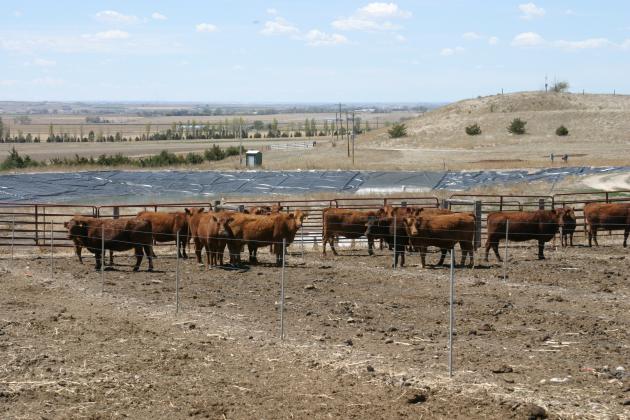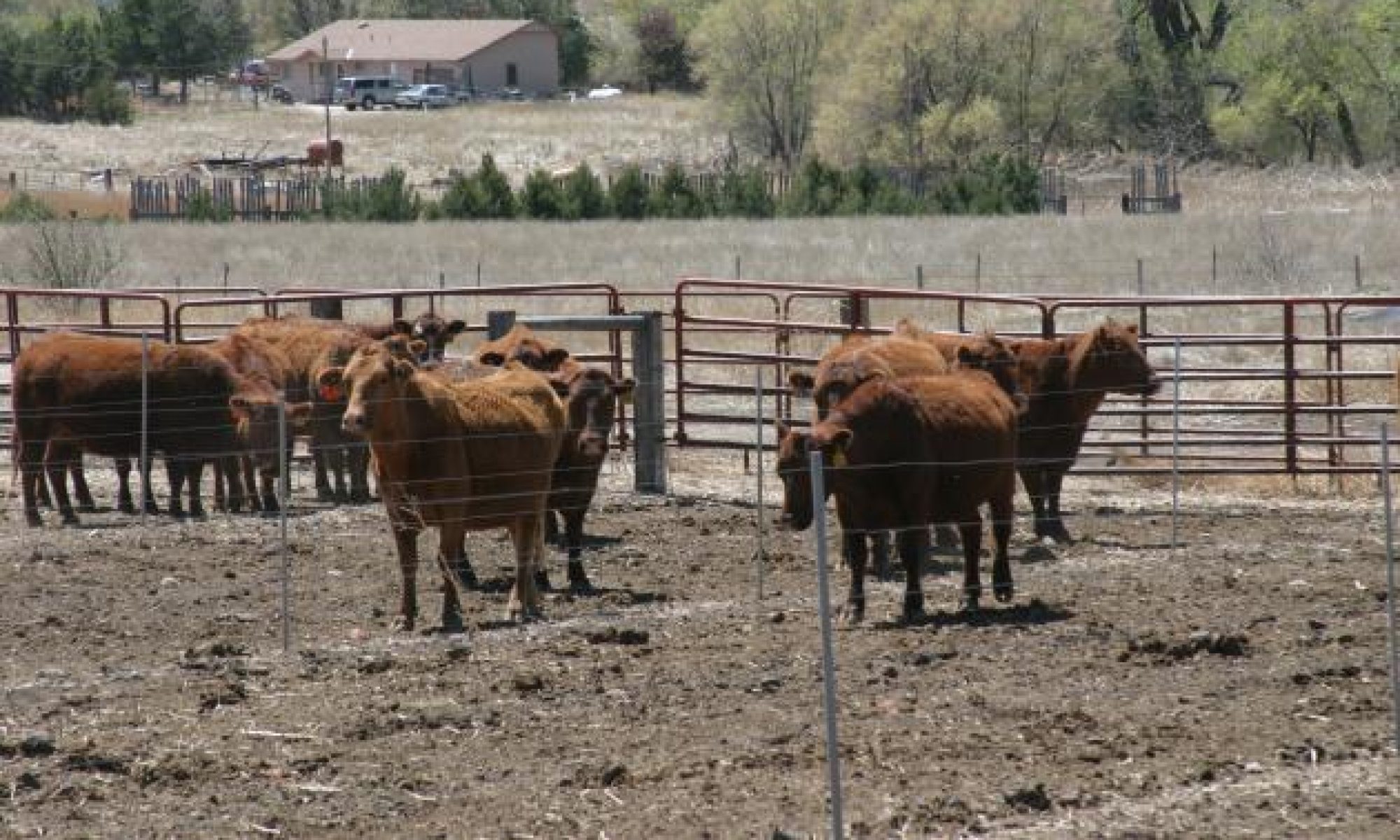Introduction
An option to enhance cash flow in your cow/calf enterprise is to increase revenue when cow costs are high. The Iowa Beef Cow Business Records indicate that the last six years, 21 percent of the gross revenue for cow-calf operations came from the sale of culled breeding animals. This shows that a significant portion of income for beef cow enterprises comes from culled animals. By being able to improve the weight and value of cull animals at low input cost, producers will be able to increase revenue by selling them.
Marketing and Management
There are several factors that contribute to cull values but producers can use factors like price seasonality and condition of harvested cattle to their advantage. The lowest market period for culls is usually October to December because of market saturation. Between February and March, culls can range from $3 to $4 per cwt higher. This shows that adding weight and condition can benefit the produce generating increased income.
Feeding out cull cattle has many opportunities, but it also has some challenges. Mature cows do not add weight as efficient as growing cattle, so the producer will have to use more feedstuffs in order to make the cow gain. For every pound of gain, cows usually require 10 to 14 lbs. of dry matter intake.
To achieve the best gains possible, producers need to provide a low cost feed source like corn stalks with downed corn or stockpiled pastures. If they are drylotting cows, they should be fed a high energy ration.
In a study conducted at South Dakota State University, cull cows were fed a high energy ration of 76 percent corn, 15 percent corn silage and 9 percent protein supplement. The animals gained 2.8 to 3.1 lbs. per day. As the SDSU study demonstrates, it is possible to achieve decent gains with cull cows. Additionally, research shows cows implanted with a moderate-level implant can see a 10 to 15 percent gain advantage.
Cull’s dressing percentage increase as they gain weight and condition. As their dressing percentage increases, their value increases. In past markets, they have shown that they get an 8 to 12 percent price increase when the cow moves from canner to cutter or utility.
If producers want to add value to their culled animals, they need to make sure the animals are healthy and sound. It is best to use cattle that are at a body condition score between 3 and 5 because fat cows don’t gain more fat. It is also a good management strategy to separate culls from pregnant cows because culls are gaining more then the pregnant cows.
Reference:
http://beef.unl.edu/beefreports/symp-2005-20-XIX.shtml
http://beef.unl.edu/beefreports/symp-2005-20-XIX.shtml
Rick Rasby Beef Specialist, Cow/Calf Management and Reproduction University of Nebraska
